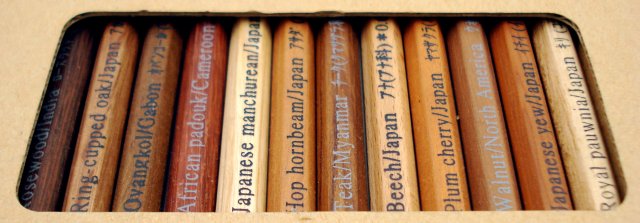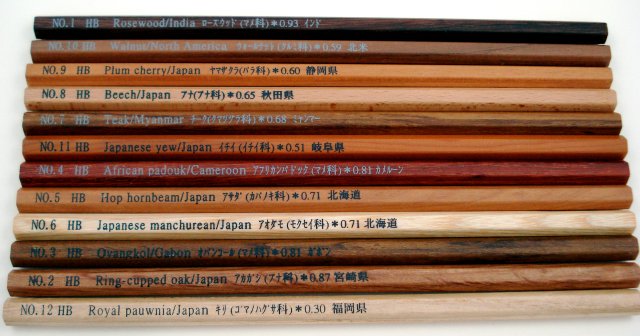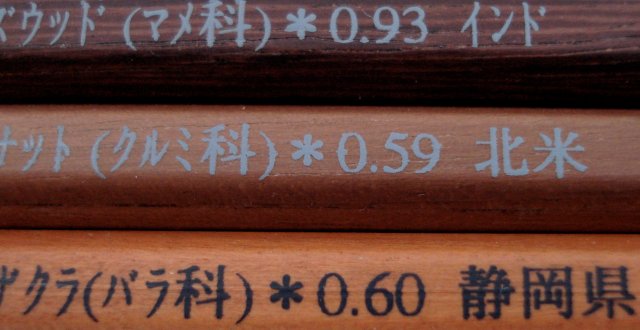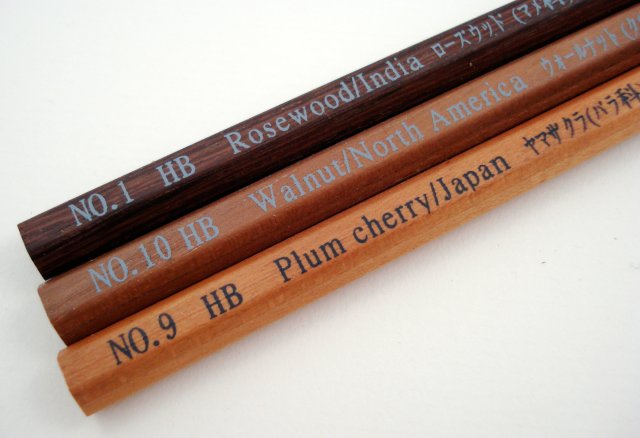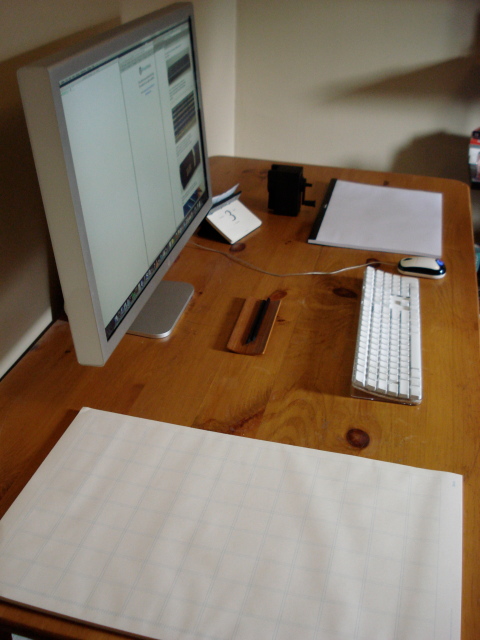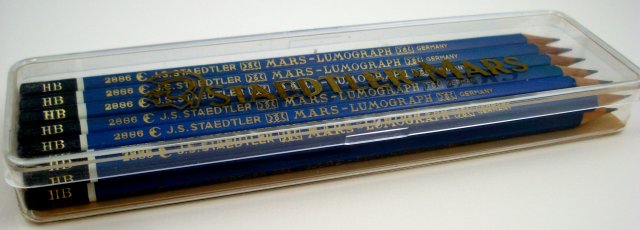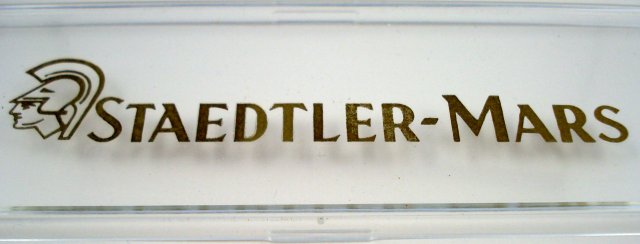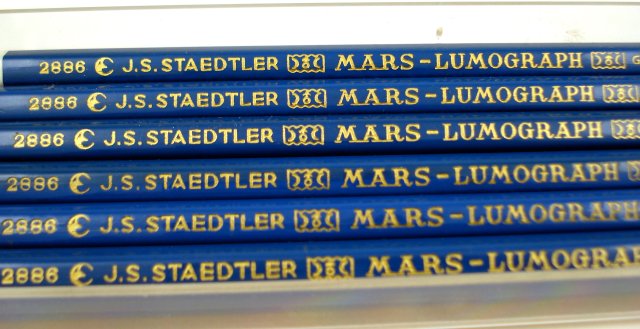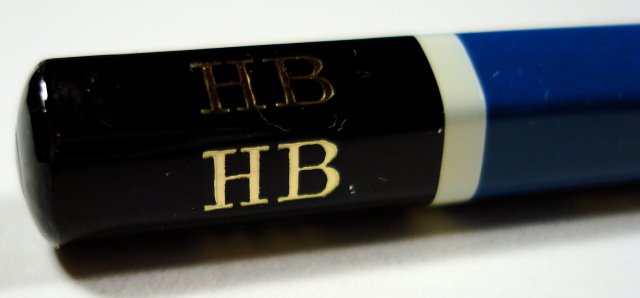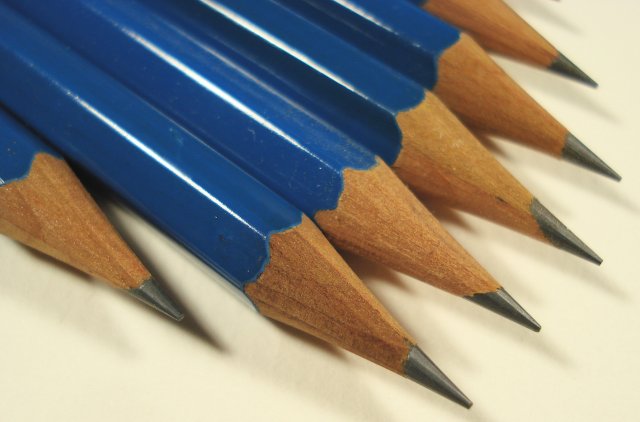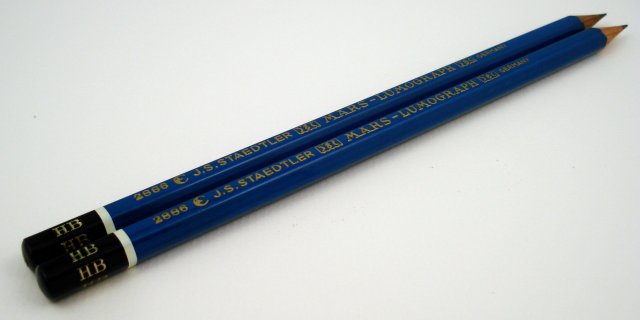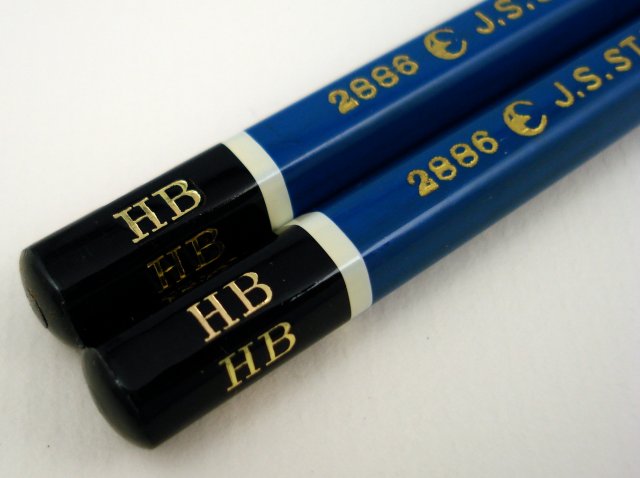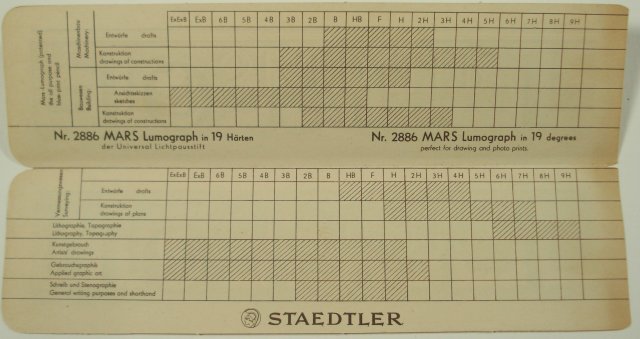Pencil manufacturers have been receiving some major media attention recently.
Behind the scenes, I would guess that Faber-Castell’s capable public relations staff have been very active. Faber-Castell’s 250th anniversary is next year, and the celebrations are starting. See this YouTube video for a behind the scenes view of how the “250” human logo was formed and photographed.
An article in the Wall Street Journal suggests some local tensions in Nürnberg, with a friendly rivalry between Faber-Castell and Staedtler. The article mentions a 1995 lawsuit against Staedtler regarding Staedtler’s previous claim to have originated with their namesake Friedrich Staedtler in 1662, rather than J. S. Staedtler’s company founding in 1835.
Speaking of Friedrich Staedtler, a Nürnberg school was recently renamed in his honour.
There was also an article on Faber-Castell in the Economist, a periodical we’ve previously mentioned for their coverage of the pencil industry.
The Economist mentions a different lawsuit, a century earlier. There seems to be a thread between the past and present – the Faber company has long appreciated a good court battle. This case is the overturning of the Hyman erser patent in the US Supreme Court in 1875. I learned about this at The IPKat blog.
The ruling by Mr. Justice Hunt can be found here. I love the careful language, and daresay it is one of the finest contemplations of a pencil’s function that will be found. The ruling’s conclusion:
In the case we are considering, the parts claimed to make a combination are distinct and disconnected. Not only is there no new result, but no joint operation. When the lead is used, it performs the same operation and in the same manner as it would do if there were no rubber at the other end of the pencil; when the rubber is used, it is in the same manner and performs the same duty as if the lead were not in the same pencil. A pencil is laid down and a rubber is taken up, the one to write, the other to erase; a pencil is turned over to erase with, or an eraser is turned over to write with. The principle is the same in both instances. It may be more convenient to have the two instruments on one rod than on two. There may be a security against the absence of the tools of an artist or mechanic from the fact that the greater the number, the greater the danger of loss. It may be more convenient to turn over the different ends of the same stick than to lay down one stick and take up another. This, however, is not invention within the patent law, as the authorities cited fully show. There is no relation between the instruments in the performance of their several functions, and no reciprocal action, no parts used in common.
We are of the opinion that for the reasons given, neither the patent of Lipman nor the improvement of Reckendorfer can be sustained, and that the judgment of the circuit court dismissing the bill must be affirmed.
From the product side, we are still waiting to see what Faber-Castell’s 250th anniversary may bring. There does appear to be a limited edition case of art supplies in the market. (Search for “Alexander Vethers” to see a similar limited edition.)
This eBay seller is kind enough to enumerate the contents: hundreds of pencils, pastels, and other supplies – a complete set of Faber-Castell’s top tier of art supplies. The price (€1250 – about $US1725) is actually in line with what one might pay for these items individually.
There is no doubt more to come in 2011, and I’ll admit that I am hoping for something special in the lead pencil category. I also notice no official press release for this first anniversary offering – Faber-Castell is letting their vendors get the buzz, which sounds like a smart strategy to me.
~~~~~~~~~~
My thanks to David O., via a blog comment, and John, via an email, for mentioning one or more of these news stories.
